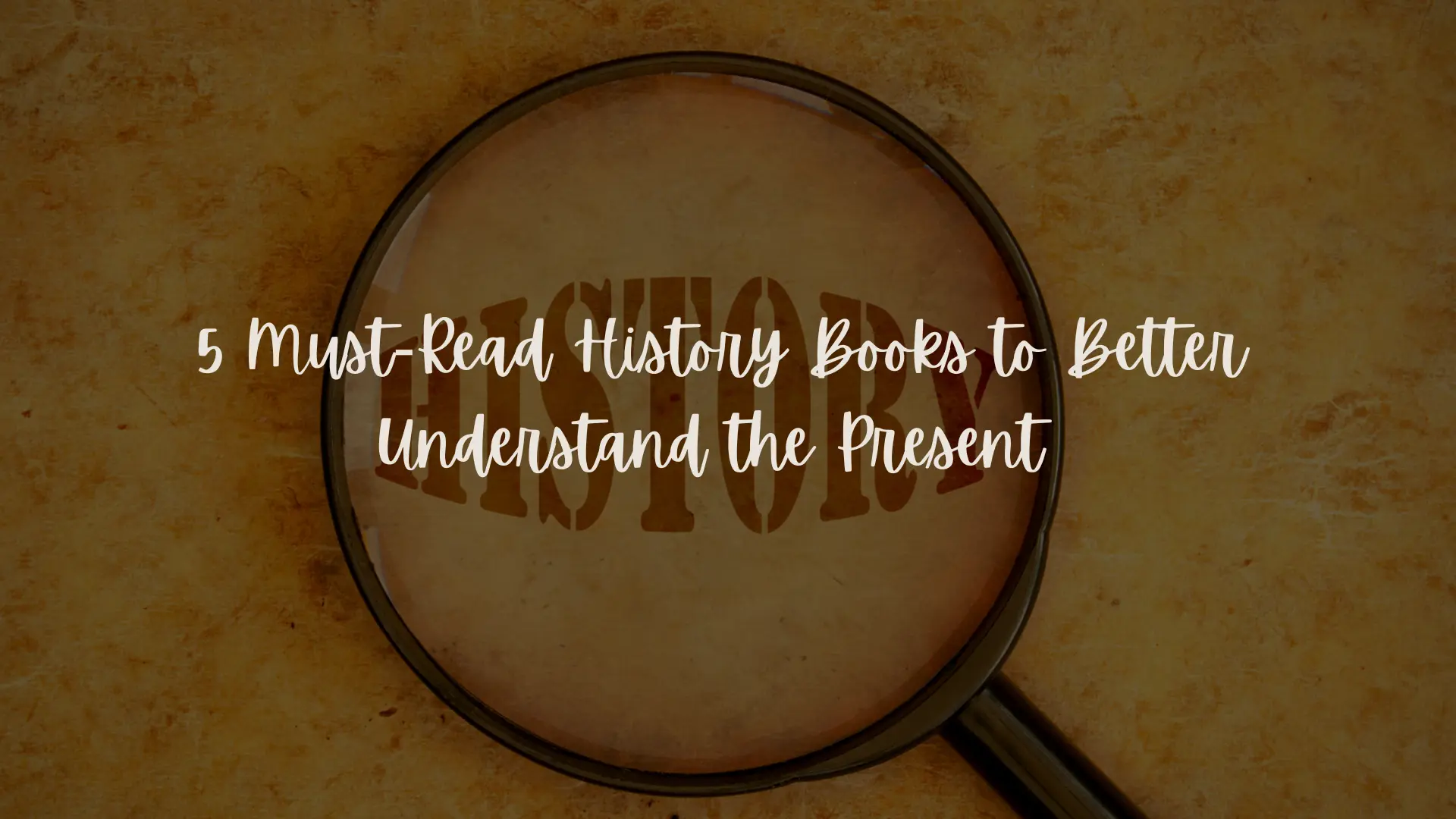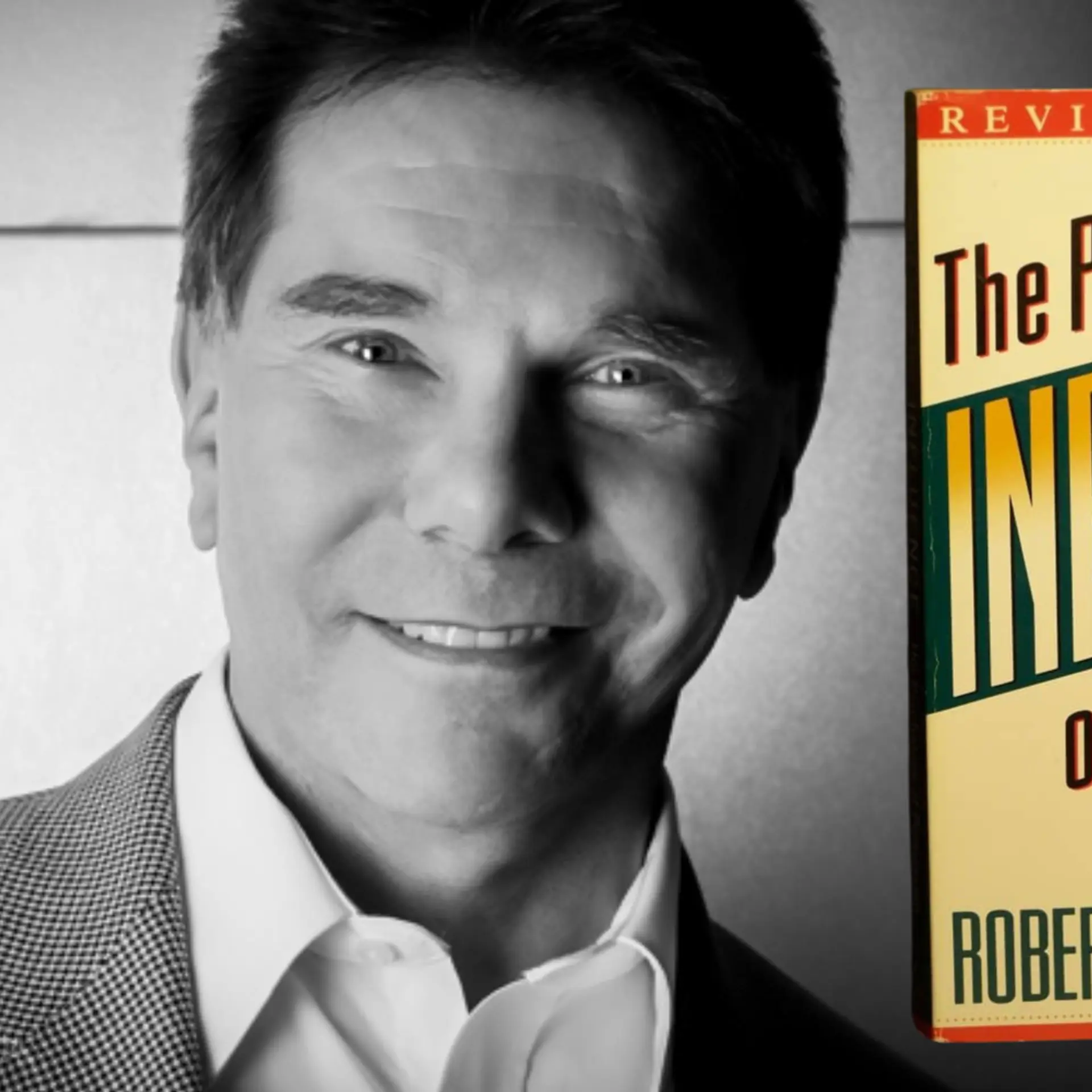How businesses can understand consumer insights during uncertain times
COVID-19 has caused significant change in consumer behaviour. And to remain relevant, businesses need to recalibrate their understanding of the customer and not rely on pre-COVID-19 data.

The COVID-19 pandemic has triggered substantial changes across industries. One significant change has been a shift in consumer behaviour and preferences.
To remain relevant, businesses need to understand where consumers are spending, what they value, if they are permanent or temporary shoppers, and so on.
In such a scenario, businesses can no longer rely on pre-COVID-19 data. They must recalibrate their understanding of the consumer. This makes consumer insights more important now than ever before.
However, businesses are facing significant cuts in marketing and research budgets due to the pandemic. Furthermore, the situation is evolving fast and, as a result, consumer preferences are changing fast as well.
So, businesses are exploring ways to understand the changing consumer preferences by optimising budgets for maximum value.
Here are three steps businesses can take to understand consumer insights in uncertain times:
1. Determine consumer insights KPIs
Accessing real-time and accurate insights across certain Key Performance Indicators (KPIs) will help businesses have a clear and objective view of the consumer.
This will help them take specific actions to improve performance. Some of the KPIs that businesses need to identify are as follows:
Brand trust
The pandemic has caused a shift in consumer sentiment, which may impact brand trust. Businesses can assess consumer trust in their brands and prioritise actions immediately to build and maintain trust.
This study seeks inputs from consumers on how they feel about brand communication, strategy, and how it may influence their perception and trust in the brand (current and future).
Consumer spend confidence
To remain relevant to consumers, it is vital for businesses to analyse and understand changes in spending habits. Consumer spend confidence can help assess the consumer’s ability and intent to spend during the pandemic.
Such insights can enable businesses to do better ‘scenario planning’ and remodel their products and services that fit well in the new normal.
Consumer confidence pulse
Consumer confidence pulse study can help businesses get continuous feedback on what consumers need and take rapid action to meet those needs. This can build consumer confidence.
2. Identify relevant channels/methodologies to access insights
After determining KPIs, consumer insights teams need to identify channels that can help access insights. There are three parameters that can help you select the channels:
- Insights and its relevance (In the era of COVID-19, short term relevance may prove to be more critical compared to the long term.)
- Time to insights (Evaluate how long it will take to glean insights. Given how rapidly the situation is evolving, anything that takes weeks or months may lose relevance.)
- Cost (Given that many businesses are facing significant cuts in the budget, it is important to consider the cost of the channel or methodology.)
Some of the relevant channels or methodologies to access consumer insights are as follows:
Start with your own data sources
Analyse transaction data, product usage data, etc., to get an insight into consumer spend, confidence and trust. Furthermore, there is significant open data as consumers are increasingly shopping online.
Businesses can leverage open data to guide decisions and enhance the consumer experience.
Consumer sentiments
Analyse data from call-centre logs, customer support logs, feedback, reviews, and any open text from NPS/VOC survey to understand current consumer sentiment.
Omnibus research
This is a cost-effective and faster way to get an understanding of your target audience and get actionable insights.
Pre-packaged insights solution
Technology platforms like Qualtrics and others provide some COVID-specific pre-packaged solutions that can help with very specific insights across KPIs at speed and optimised cost.
3. Leverage analytics and forecast impact
After accessing consumer data and initial findings from various channels, the next step is to convert the findings into meaningful and actionable insights. This can be done by leveraging advanced analytics, such as deploying multi-variate regression models and decision tree models among others.
Analytics can not only help provide recommendations or actions based on actionable insights but also forecast the impact of any such actions. As a result, businesses can make smarter and confident decisions.
Staying relevant will depend on how well businesses understand their consumers. Consumer insights can play a critical role in this. And given how rapidly the situation is evolving, analysing consumer insights can’t be a one and done effort.
Businesses need to constantly stay abreast of consumer needs and take relevant actions with agility despite uncertain times.
Edited by Saheli Sen Gupta
(Disclaimer: The views and opinions expressed in this article are those of the author and do not necessarily reflect the views of YourStory.)








